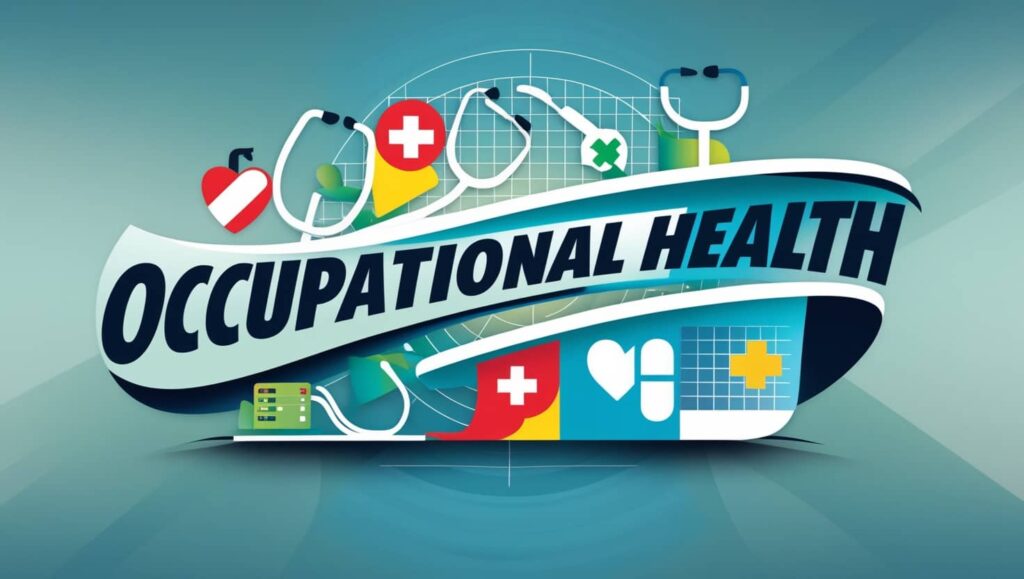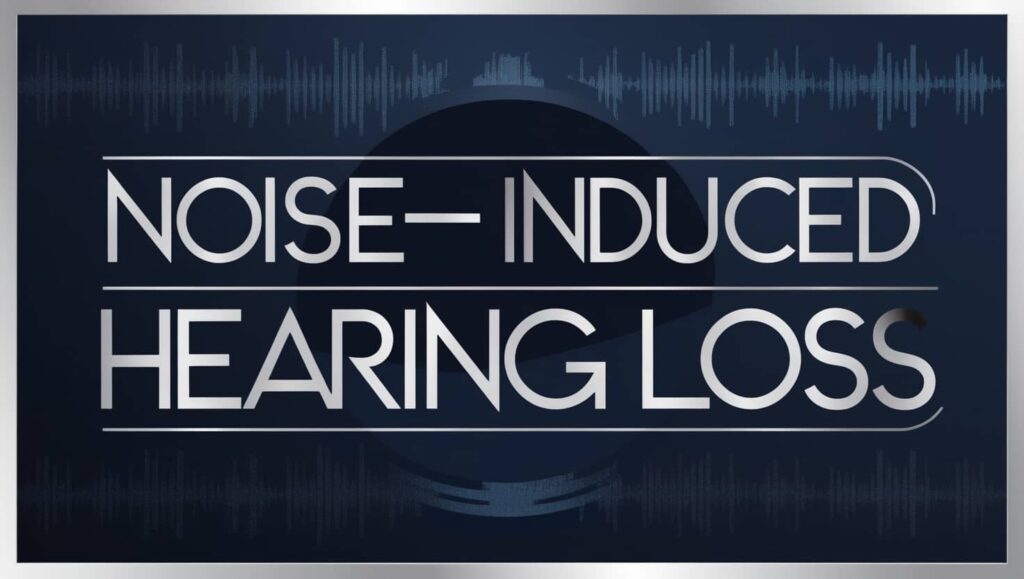Workplace hazards can be classified into five broad categories. In this article we will list the major types of hazards in occupational health with examples.
These hazards can cause an immediate or delayed response, depending on their inherent characteristics as well as the intensity and frequency of exposure.
Hazards in the workplace can be purely mechanical, or they can take the form of materials or substances capable of causing fire or explosion, as well as causing injury or illness through inhalation, by contact with skin or eye, or by ingestion.
Noise, ionizing and non-ionizing radiation, and heat are all physical forms of energy that can be harmful to your health.
Types of Occupational Hazards
The following table discusses different types of hazards with the most common examples
1. Physical Hazards
- Noise.
- Vibration.
- Ionizing and non-ionizing radiation.
- Extremes of temperature.
- Humidity.
- Pressure.
- Electricity.
- Illumination and visibility.
Read More About: Physical Hazards in Occupational Health
2. Chemical Hazards
- Particles, fibers, fumes, and mists i.e.,
- Coal dust.
- Cotton dust.
- Flour dust.
- Grain dust.
- Wood dust.
- Crystalline silica (quartz).
- Asbestos.
- Metals and metalloids i.e.,
- Aluminum
- Arsenic.
- Beryllium.
- Lead.
- Mercury.
- Organic solvents and compounds i.e.,
- Acetone.
- Acid anhydrides (cyclic anhydrides).
- Benzene.
- Chloroform.
- Pesticides.
- Inorganic gases i.e.,
- Arsine.
- Carbon monoxide.
- Hydrogen sulphide.
More Information About: Chemical Hazards in Occupational Health
3. Biological Hazards
- Human tissue and body fluids.
- Microbial pathogens i.e., Viruses, bacteria, fungi and protozoa.
- Genetically modified organisms.
- Animals and animal products.
- Organic dusts and mists.
Read More About: Biological Hazards | Types, Sources, and Risk Control Strategies
4. Mechanical and ergonomics Hazards
- Lifting and handling.
- Posture.
- Repetitive work.
- Traps, impact, contact, entanglement and ejection.
5. Psychosocial Hazards
- Violence and aggression.
- Lone working.
- Shift and night work.
- Long working hours.
[ratemypost]
References
- Smedley, J., Dick, F., & Sadhra, S. S. (2013). Oxford handbook of occupational health. Oxford: OUP Oxford.
Yusuf Saeed
Pharmacist | Medical Writer & Translator
Yusuf Saeed graduated from the Arab Academy for Science and Technology and Maritime Transport with a B.Sc. in Pharmaceutical Sciences. His passion for research and healthcare communication led him to specialize in medical writing and translation. Yusuf is committed to delivering accurate, well-researched content that empowers readers with reliable medical information and bridges language gaps in healthcare education.
As the founder of Medserene, Yusuf Saeed established the platform with a vision to provide trustworthy medical content and accessible healthcare information. His mission is to create a reliable resource that empowers readers to make informed decisions about their health and well-being. Driven by his passion for clear communication and healthcare education, Yusuf aims to bridge the gap between medical knowledge and everyday understanding.







